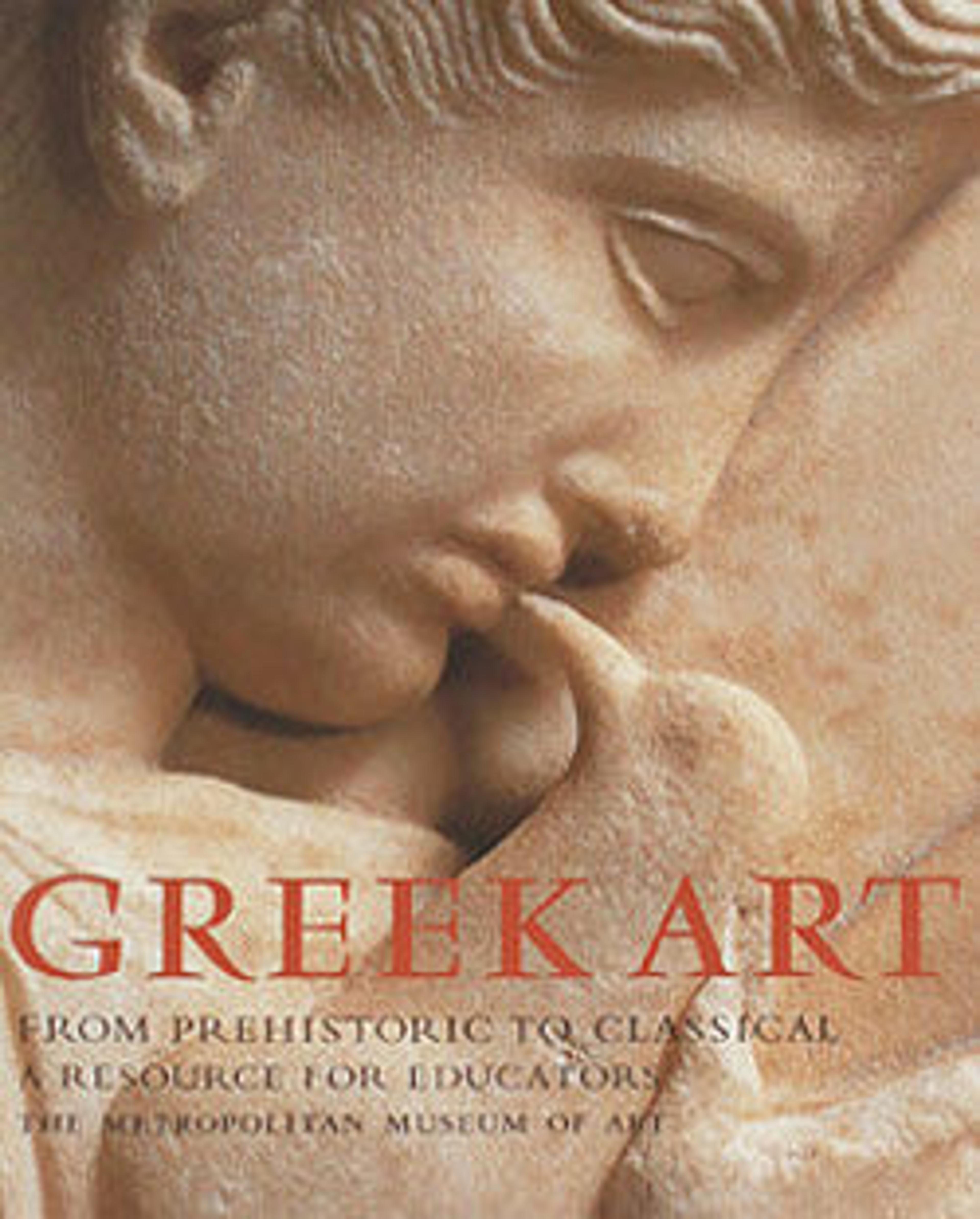Terracotta amphora (jar)
Obverse, Theseus killing the brigand Skiron
Reverse, Theseus slaying the Minotaur
The exploits of Theseus differ from those of Herakles in that Theseus's major deeds had to do with the fortunes of Athens during its mythical past. The killing of Skiron occurred as Theseus was on his way to assert an ancestral claim to Attica. Skiron forced travelers to wash his feet and, while they were thus occupied, he kicked them into the sea. Later, Theseus killed the Minotaur to liberate Attica from Cretan domination.
Reverse, Theseus slaying the Minotaur
The exploits of Theseus differ from those of Herakles in that Theseus's major deeds had to do with the fortunes of Athens during its mythical past. The killing of Skiron occurred as Theseus was on his way to assert an ancestral claim to Attica. Skiron forced travelers to wash his feet and, while they were thus occupied, he kicked them into the sea. Later, Theseus killed the Minotaur to liberate Attica from Cretan domination.
Artwork Details
- Title: Terracotta amphora (jar)
- Artist: Attributed to the Gallatin Painter (namepiece)
- Period: Classical
- Date: ca. 480 BCE
- Culture: Greek, Attic
- Medium: Terracotta; red-figure
- Dimensions: H. 14 7/16 in. (36.7 cm); diameter 10 13/16 in. (27.4 cm)
- Classification: Vases
- Credit Line: Rogers Fund, 1941
- Object Number: 41.162.101
- Curatorial Department: Greek and Roman Art
More Artwork
Research Resources
The Met provides unparalleled resources for research and welcomes an international community of students and scholars. The Met's Open Access API is where creators and researchers can connect to the The Met collection. Open Access data and public domain images are available for unrestricted commercial and noncommercial use without permission or fee.
To request images under copyright and other restrictions, please use this Image Request form.
Feedback
We continue to research and examine historical and cultural context for objects in The Met collection. If you have comments or questions about this object record, please contact us using the form below. The Museum looks forward to receiving your comments.
